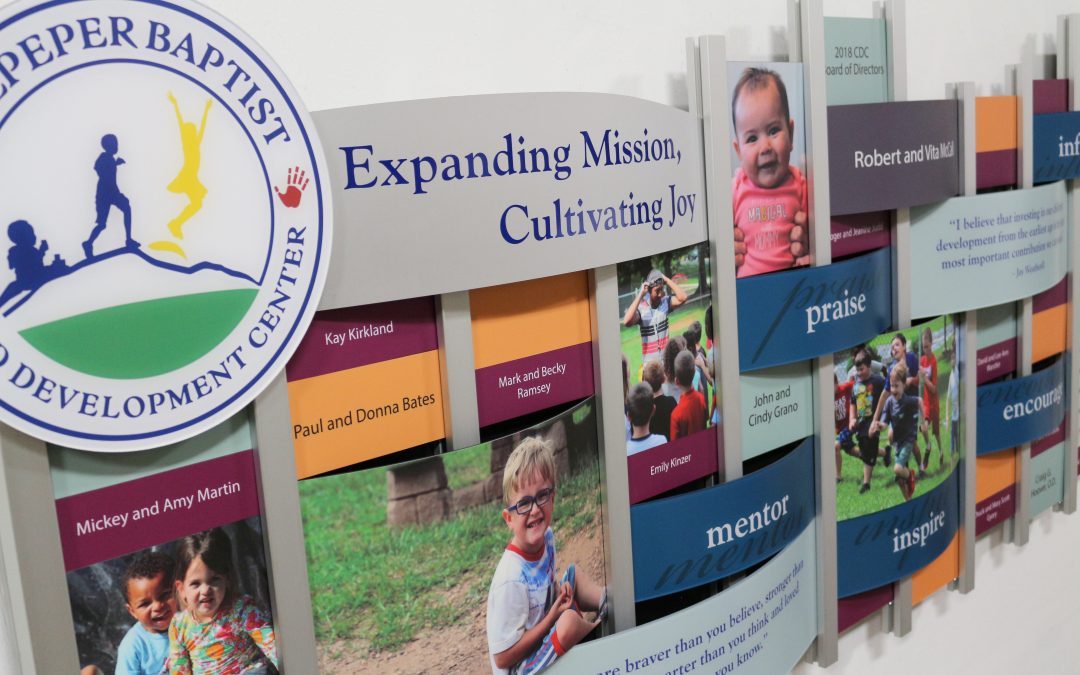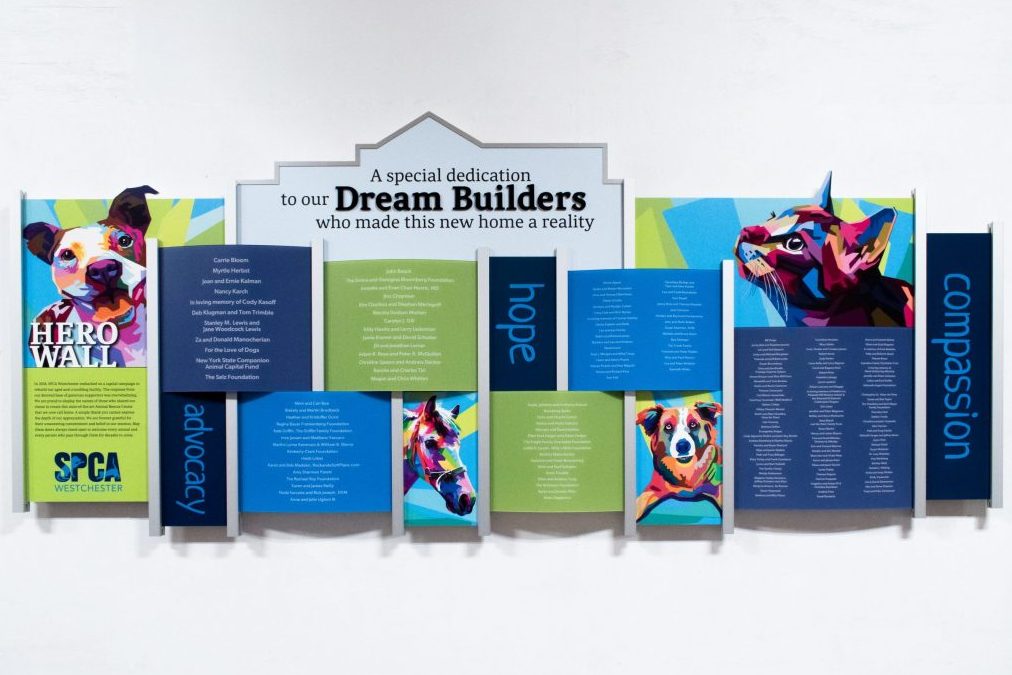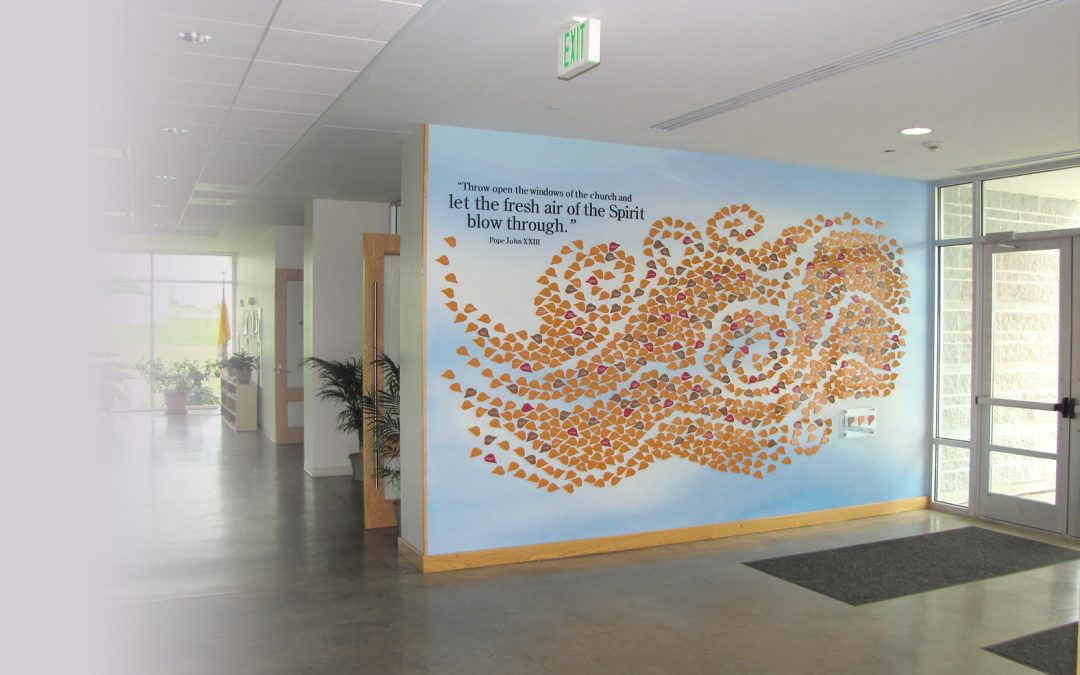
Call them what you will — gaffes, blunders, oversights, or errors — mistakes creep into everyone’s professional life. But in fundraising—unlike other fields—where thousands if not millions of dollars are often at stake, mistakes can be especially hazardous.
Who hasn’t forfeited a significant gift, or received but a token one, due to some serious miscalculation?
While there may be hundreds of them, 20 potentially costly fundraising mistakes stand out. They can’t really be ranked, since circumstances alter their impact. But here they are in an effort to ward you away from them.
1. Thinking Your Organization Will Attract Support Simply Because It’s a Good Cause
Just because you have a good cause — one of thousands, really — doesn’t mean money will wend its way to you.
Organizations must attract support the old-fashioned way — earn it. Giving away money is something we all do reluctantly, and it’s hardly an instinctive act. Nonetheless, people will support you if you present them with a challenging project that is consistent with their interests.
To succeed, you must explain exactly why you seek the funding, why your project is compelling, who will benefit, and why the money is needed now.
In other words, your needs — presented as opportunities — must be specific, people-oriented, and have a sense of urgency.
Keep in mind, always, that people give in order to get. They don’t simply want to give away their money; they want to feel they’re investing it and getting something in return.
2. Thinking That Others Can Raise the Money
Successful fundraising abides by the “rock in the pond” principle. That is, you can’t expect others to contribute until those closest to the center of your organization do so. The farther from the center, the weaker the interest.
In short, solicitation starts with your inner “family”—most notably the board. Only when these individuals have made proportionately generous contributions do you reach out to your external constituency.
Why this principle? Because it only makes sense that if a board approves a program involving significant outlays, with the understanding that money has to be raised, then these same trustees must commit themselves to giving and getting.
If your governing body won’t do so, who will?
3. Believing That Because People Are Wealthy They Will Contribute to You
Simply because someone is wealthy, or thought to be wealthy, is no reason to assume that he or she will want to give to your project. This is the thinking of neophytes.
People make gifts, substantial gifts, that is, only after you’ve reached out, informed them of your work, and meaningfully involved them in your organization.
It is then that the prospective donor understands your goals, recognizes their importance, and welcomes the opportunity to have an impact.
Solicitation rightfully becomes the final step in the fundraising process, not the first one.
4. Thinking You Can Whisk Wealthy Prospects In at the Last Minute
Individuals, if they are to be committed to your organization, must have the opportunity to be involved in your work—and not at the 11th hour.
Intensively courting prospects just prior to your fundraising drive is an insulting ploy, and most are smart enough to know what you’re up to.
Much more advisable is to continuously involve prospects, for just as the best trustees are those who are meaningfully involved, the best contributors—and best solicitors, too—are involved in your drive from conception to victory.
Dollars, as Jerold Panas notes, follow commitment. And commitment follows involvement.
5. Failing to Research and Evaluate Prospects
Rarely do meaningful gifts come from strangers. Most major donors are either associated with an organization or have logical reasons to give.
It is the role of prospect research to reveal these logical reasons by focusing on three elements, namely, linkage, ability, and interest.
Is there any link between the prospective donor and your organization? If so, then this link—and it must be legitimate—makes an appointment with the prospect possible.
Next is the person’s ability to give. Does the prospect have enough discretionary income to justify your soliciting him or her for a major gift? Research will tell you the answer.
Finally, what is the prospect’s interest in your organization? If he or she has little interest or limited knowledge about you, then you will likely receive a small gift if any at all.
6. Failing to Ask
Very often, when campaigns fail, it’s not because people didn’t give, it’s because they weren’t asked. In fundraising, asking is the name of the game.
The problem is, only for the rarest person is asking for a gift easy. For most of us, the discomfort is so strong we’ll invent 100 excuses to procrastinate.
Despite any training, despite any inspirational send-off, asking will always be the biggest challenge.
What can temper the fear to some degree is keeping in mind that prospects, who are usually more sensitive than we expect, respond favorably to solicitors who are dedicated and genuinely enthusiastic about the causes they represent.
7. Thinking That Publicity Will Raise Money
Publicity, despite our best wishes, doesn’t raise money.
If you have solicitors and prospects, a strong case, and a campaign plan, you won’t need any publicity.
Those who do insist on a big splash are, more often than not, people who don’t want to face the rigors of a campaign. When the publicity push fails to create a stir, they use it as an excuse for not working.
As for campaign materials, most serious donors see them as nonessential. They much prefer a persuasive verbal presentation, underscored by simple documentation.
So long as you treat your press releases, brochures, drawings, or photographs as aids and not as solicitation devices, they will be useful, but they will never take the place of direct asking.
8. Failing to Recruit the Right Trustees
Of all the groups important to an organization, none is more vital than the board of directors.
There are exceptions, to be sure, but in 99 out of 100 cases, an organization that consistently attracts the funding it needs has a board that accepts fundraising as a major responsibility, despite any other governing duties.
Put another way, an organization’s ability to raise money is almost always in direct proportion to the quality and dedication of its leadership.
As Hank Rosso, founder of the Fund Raising School puts it, “People who have the fire of leadership burning within their souls, and who have that deep commitment to the organization’s mission, will drive any program through to success.”
9. Believing You Can Raise Money by the Multiplication Table
People new to fundraising often get it in their heads that all you have to do is divide your goal by the number of likely donors, then ask everyone to give an equal amount.
But you can’t raise money adequately by the multiplication table—trying, for instance, to get 1,000 persons to give $1,000.
There are several inherent problems here. First, not everyone will give (which throws a wrench into the whole approach). Second, we all tend to give in relation to others. If someone, five times wealthier than you, pledges $1,000, are you likely to feel a $1,000 pledge from you is fair? Third, seeking $1,000 from each donor in effect sets a ceiling on what an unusually generous person might wish to pledge.
10. Failing to Have Deadlines
By nature most of us are procrastinators, and whatever we have plenty of time to do, well, we seldom get it done.
For many if not most volunteers, the thought of asking someone for a contribution leads to procrastination.
To counter this, you must press for specific accomplishments within prescribed deadlines. In other words, to force action you need a campaign schedule with target dates understood by all.
Everyone will then know the rules of the game and, despite the pressure, will be grateful for the deadline.
11. Failing to Have a Strong Rationale
Before setting out to raise money, each organization must think through the rationale for its appeal: why do the funds need to be raised, what will they achieve, and who will benefit?
The mere fact that you and your board need money won’t stir people, no matter how well organized your effort.
Rather, with your case for support you must move your prospects emotionally and intellectually. They need to feel that, by contributing to your organization, life will in some way be better for them, for their children and grandchildren. They need to sense that their community—or even the nation—will be advanced as a result.
12. Failing to Cultivate Donors
Cultivation, a sustained effort to inform and involve your prospects, is needed for practically every gift—the bigger the gift, usually the more preparatory steps needed.
The best cultivation, which uses a mixture of printed matter, special events, and personal attention, takes place slowly over a period of time, sometimes years.
If there’s any secret to it, it is being yourself and cultivating people the way you would want to be cultivated. That is, with simple sincerity, not glitzy programs.
Donors give more when they can visualize an organization not as an organization but as people. Achieving that end is, in essence, the goal of all successful cultivation programs.
13. Failing to Set a Realistic Goal
In all but the newborn nonprofit, it’s a mistake at the outset of a campaign to say, “We’ll raise as much as we can.”
This often reveals to prospective donors that your board or staff hasn’t analyzed the organization’s needs.
Rather, a tenable dollar goal should emanate out of your organization’s growth pattern and the (evaluated) financial ability of your prospect list. It is not, as some assume, simply a percentage increase over last year’s gross, nor is it necessarily the difference between the total dollars you need, less expected income.
While some argue for a high goal and others insist on a low, achievable one, what really is desired is that magic number that inspires your volunteers, makes them work harder than they expected, and gives them the unmatched thrill of victory.
14. Failing to Train Solicitors Adequately
No matter how virtuous your project or organization, most prospects need to be sold on contributing. You must, therefore, have a team of highly trained solicitors—a “sales force,” if you will.
Generally, you’ll be dealing with three types of volunteers, each requiring slightly different treatment. First is the rookie who wants to help but needs detailed instructions. Second is the veteran of many campaigns who needs special prodding to attend trainings. And third is every volunteer who’s being introduced to new procedures.
No matter how bright or experienced your volunteers, nor how busy they are, too many drives degenerate due to mediocre solicitor training.
15. Failing to Thank Your Donors
Thanking donors, besides being polite, is an act of cultivation—and a smart one.
People appreciate when their generosity is recognized. They not only feel closer to your organization, they’re inclined to continue giving.
Most important with thank you’s is to acknowledge gifts positively and quickly. You want the donor to know that your trustees are aware of the gift, that his or her generosity will stir others to give, and that your organization will put the money to good use.
Board members can be especially effective in expressing appreciation, either by sending notes or by making telephone calls to selected donors.
16. Failing to Focus on Your Top Prospects First
It is foolish to squander your efforts on small donors until you’ve approached all of your best prospects.
This is, of course, known as sequential solicitation.
You begin by seeking the largest gift first—the one (at the top of your gift table) that is needed to make your campaign a success.
If this top gift comes in at the level you require, then it will set the standard and all other gifts will relate to it.
If it’s too low, other gifts will drop accordingly and possibly imperil your whole campaign.
Sequential solicitation forces you to focus on your most promising prospects. While small donors are graciously treated, they do not receive disproportionate attention.
17. Failing to Ask for a Specific Gift
The need to ask for a specific gift is one of the most misunderstood—or it is feared?—principles in raising money. “Will you join me in giving $500 to the Wakefield Symphony?” leaves no doubt as to the size of gift the solicitor is requesting.
Most prospective donors need and want guidance. By requesting a specific amount, you show that you’ve given thought to your drive and you put the prospect in a position of having to respond.
The suggested amount becomes a frame of reference, one that will get serious consideration if the solicitor is a friend, peer, or respected community figure.
18. Failing to Focus on the Best Sources and Methods
Nearly every board hopes it can raise the money it needs from foundations and businesses. These sources, perhaps because they’re more impersonal, are seen as less scary than people.
And while, certainly, you want diversity in your funding, it’s imperative that you and your board understand that most contributions—fully 90 percent—come from individuals. Here is where you’ll invest your time and effort if you’re serious.
As for methods, the most effective way of raising money—and most productive in terms of the size of gifts—is the face-to-face approach. The second most productive—again in terms of the size of gifts—is the appeal made to a small group of persons. The third most effective is the telephone call. And the least effective solicitation, in terms of gift size, is direct mail.
19. Failing to Find the Right Person to Ask
Find the right person to ask the right person is an old but enduring maxim in fundraising.
There will of course be exceptions, but a solicitor who makes a $100 commitment to your cause should call upon prospects who are capable of giving a similar amount. Likewise, a $500 prospect is best approached by a solicitor who himself has contributed a similar sum.
But as important as matching like amounts is pinpointing just the right solicitor. Some prospects expect to be asked by the president or the chairperson of the board. Others are less formal and would welcome the person they know best from the organization to ask for the gift. Still others may need the ego stroking of a team of solicitors. Reading this dynamic correctly is the key to success.
In a large campaign, solicitor/prospect matching can consume hours. But it is one of the very best uses of time.
20. Failing to See Your Top Prospects in Person
While there are dozens of ways to solicit prospects, nothing beats the personal request. The adage “people give to people not to organizations” is another way of phrasing this principle.
Certainly if your organization has a favorable image it helps. But the personal request of a friend or peer for support has a far greater impact than any knowledge your prospect may have about you.
Harold Seymour, legendary fundraiser, puts it best: “For clinking money, you can shake the can. For folding money, you should go ask for it. For checks and securities and gifts in pledges, you have to take some pains—make the appointment, perhaps take someone along, count on making two or more calls, and in general give the process enough time and loving care to let it grow and prosper.”
Source : David Lansdowne, The Relentlessly Practical Guide to Raising Serious Money, 2007. Emerson & Church, Publishers. Posted in the GuideStar.org Newsletter, October and November, 2007.
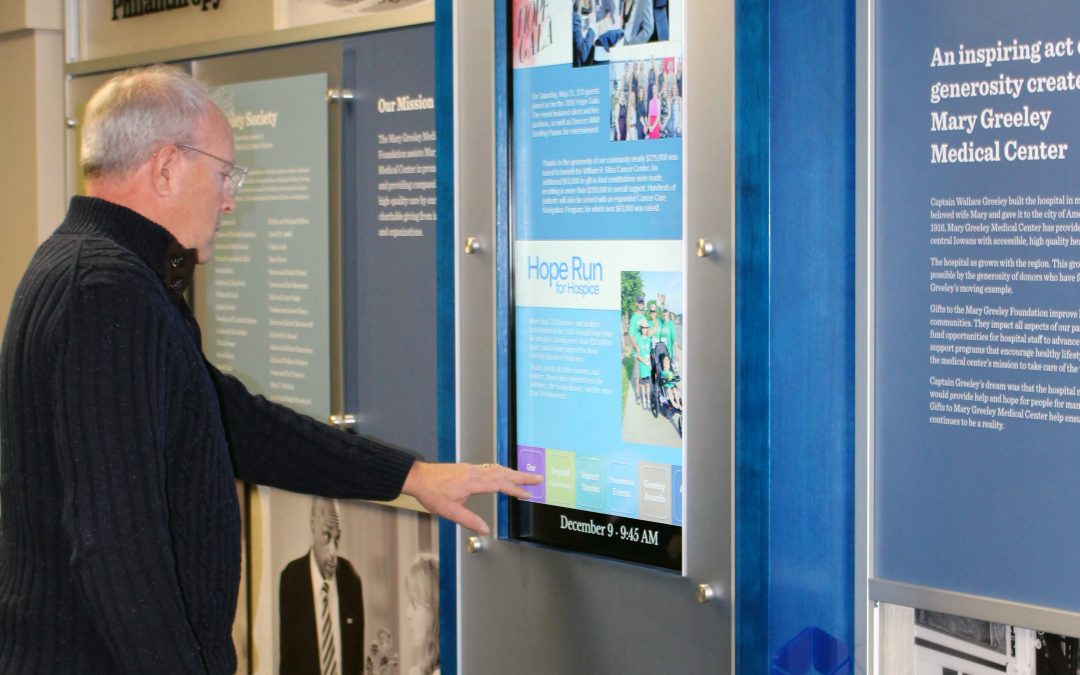
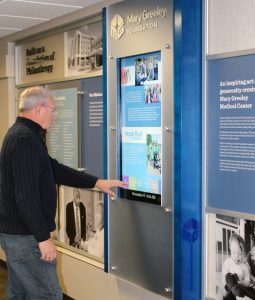 It is always a question if you should list all donors on a donor wall. You consider the cost of updating the wall, is it worth listing all the donors? Some donors give millions others give five dollars, but you can recognize all your donors. The most cost effective way to manage large donor recognition lists is with interactive digital donor recognition. Digital signage is user friendly and engages contributors and visitors. Added content that includes donor stories, foundation information, videos, celebrations and events make people come back to the display again and again. Added features for instant online donations give value to the digital component of your donor wall.
It is always a question if you should list all donors on a donor wall. You consider the cost of updating the wall, is it worth listing all the donors? Some donors give millions others give five dollars, but you can recognize all your donors. The most cost effective way to manage large donor recognition lists is with interactive digital donor recognition. Digital signage is user friendly and engages contributors and visitors. Added content that includes donor stories, foundation information, videos, celebrations and events make people come back to the display again and again. Added features for instant online donations give value to the digital component of your donor wall. 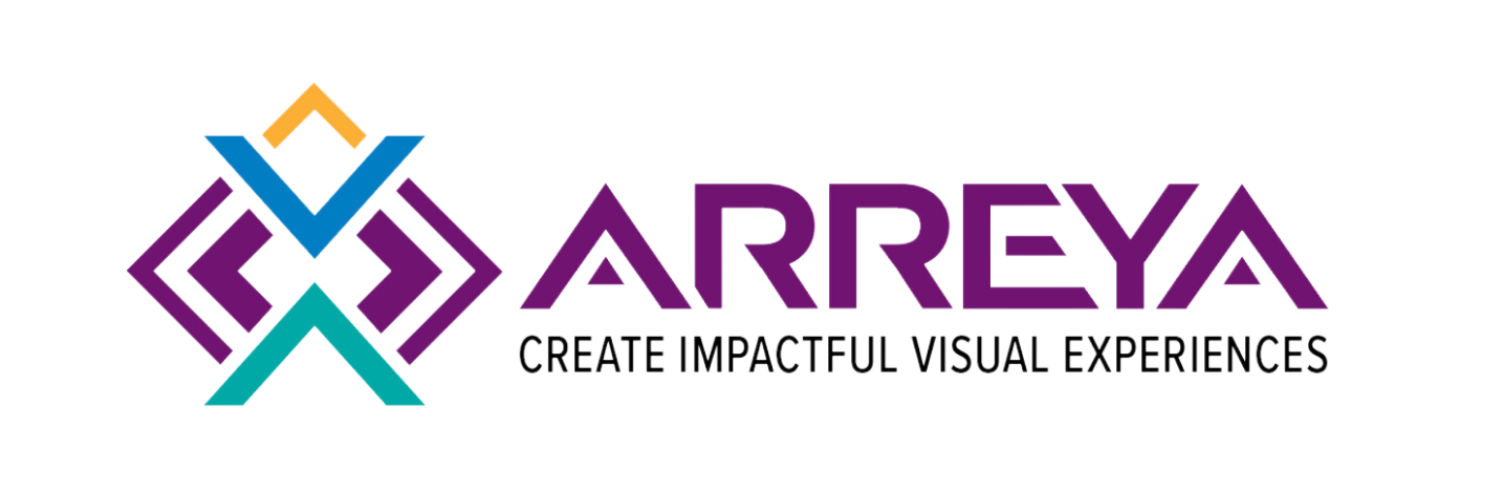
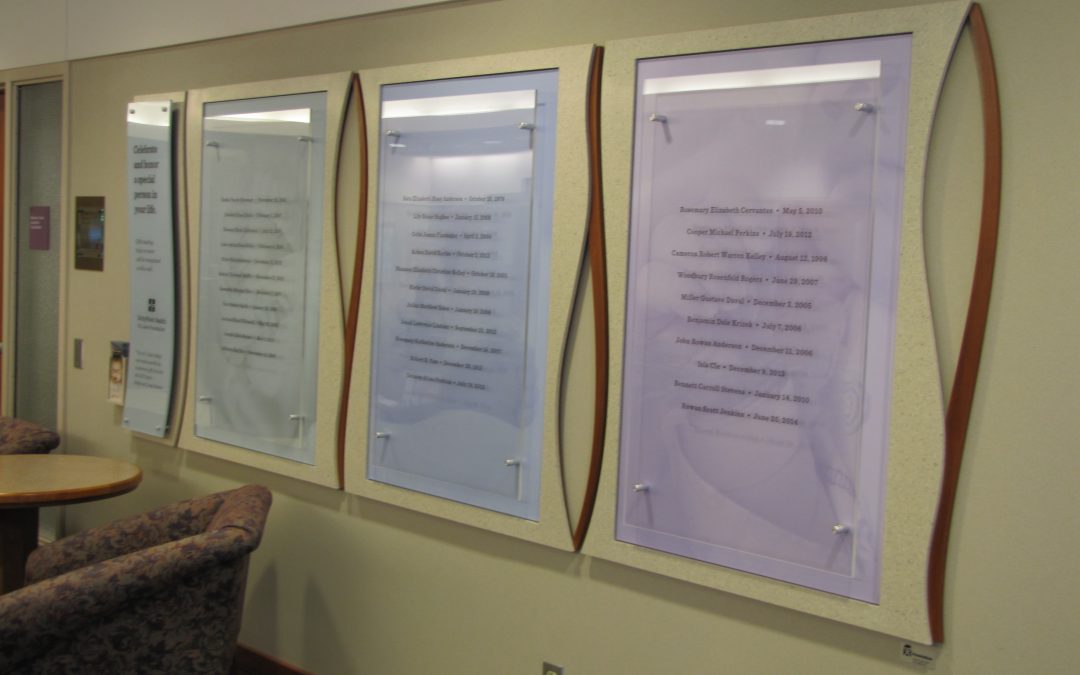
 The ongoing battle with donor walls is designing something that brings in more donations. Donor walls can always be beautiful, but do they do more than recognize previous donors, do they inspire. Recently we were asked to update a donor wall for a hospital birthing center that over 10 years had not received more than 20 donations. The original donor wall consisted of engraved Corian tiles and a small panel with a poem about a baby. It was not clear that this was a donor wall. The donor wall blended into the wallpaper and the poem was confusing. Most guests thought it was a list of babies that died.
The ongoing battle with donor walls is designing something that brings in more donations. Donor walls can always be beautiful, but do they do more than recognize previous donors, do they inspire. Recently we were asked to update a donor wall for a hospital birthing center that over 10 years had not received more than 20 donations. The original donor wall consisted of engraved Corian tiles and a small panel with a poem about a baby. It was not clear that this was a donor wall. The donor wall blended into the wallpaper and the poem was confusing. Most guests thought it was a list of babies that died.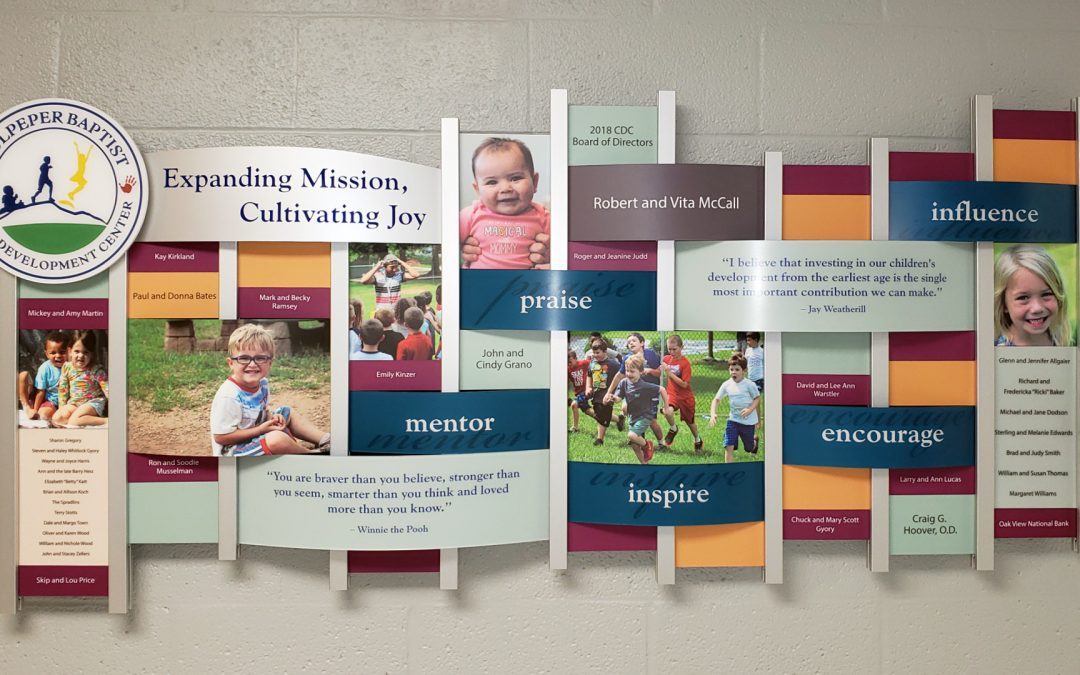
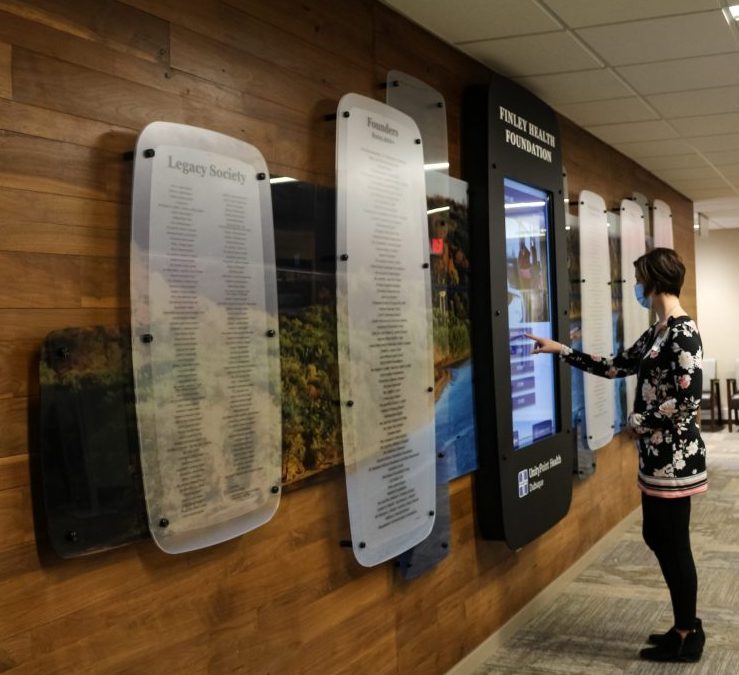
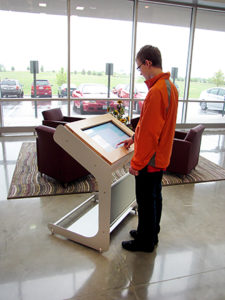
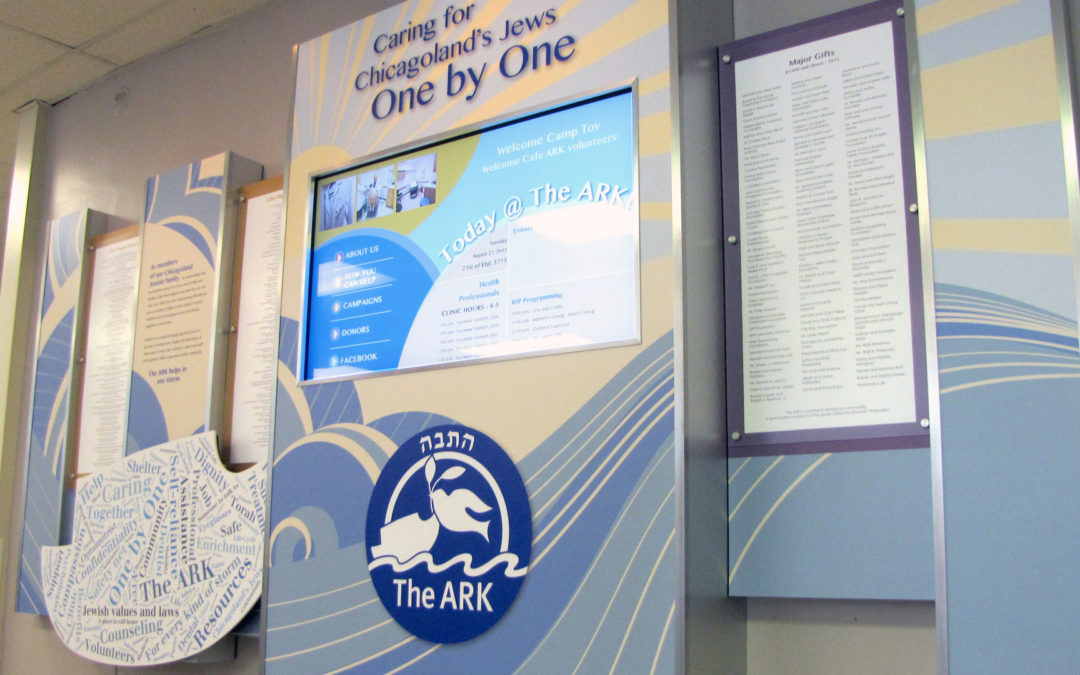
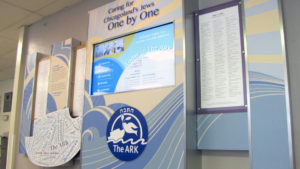 5 Key Digital Donor Wall Requirements:
5 Key Digital Donor Wall Requirements:
